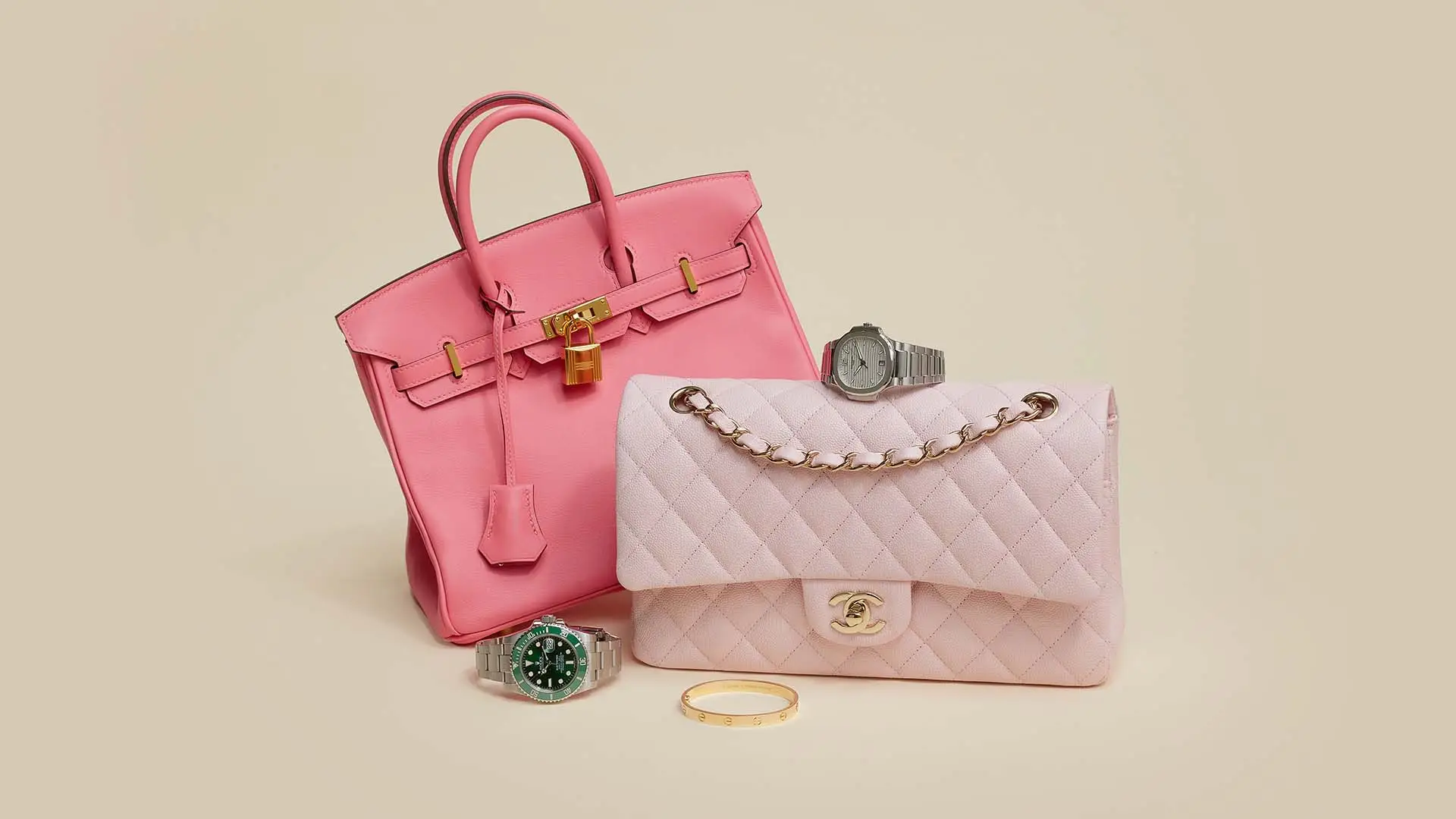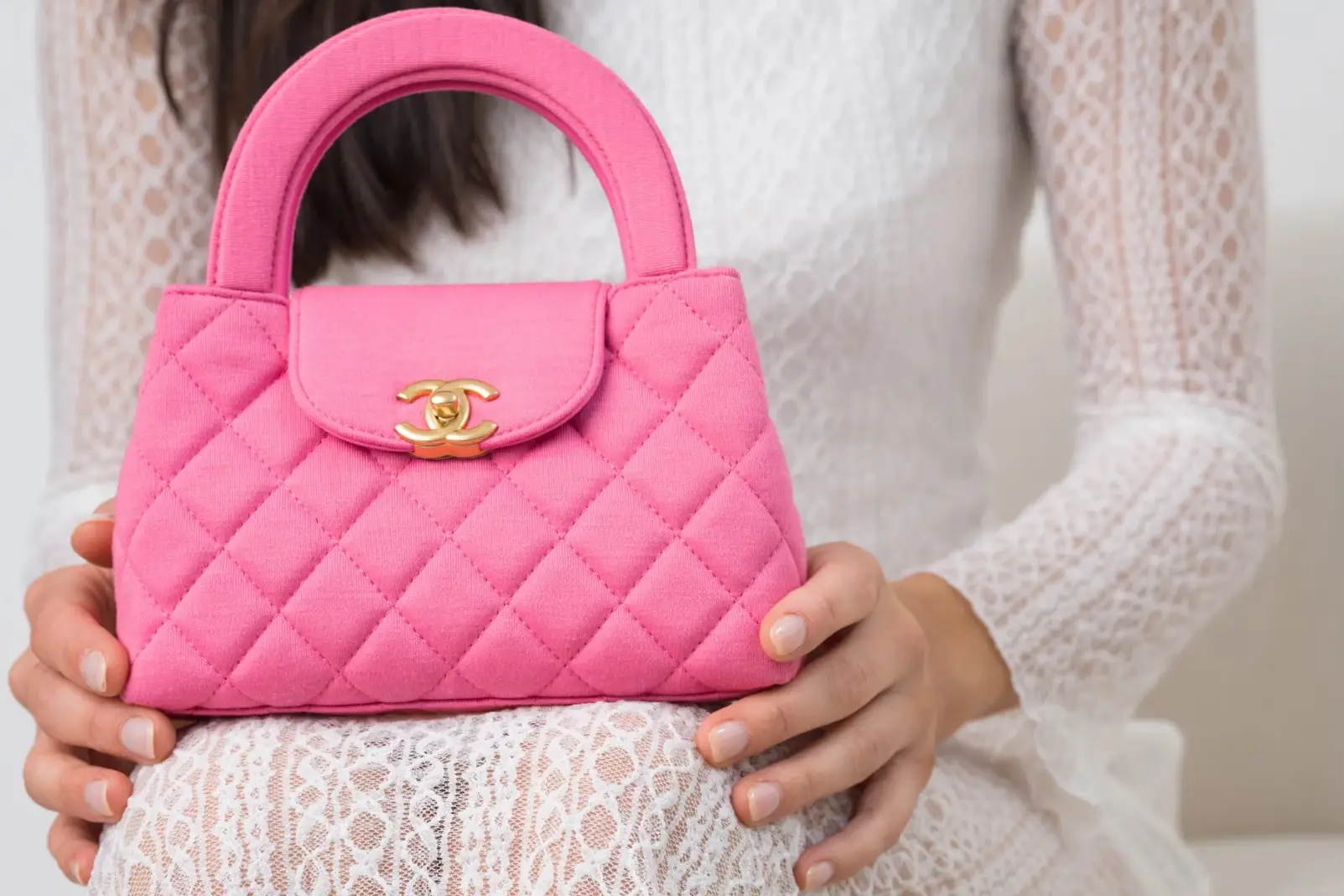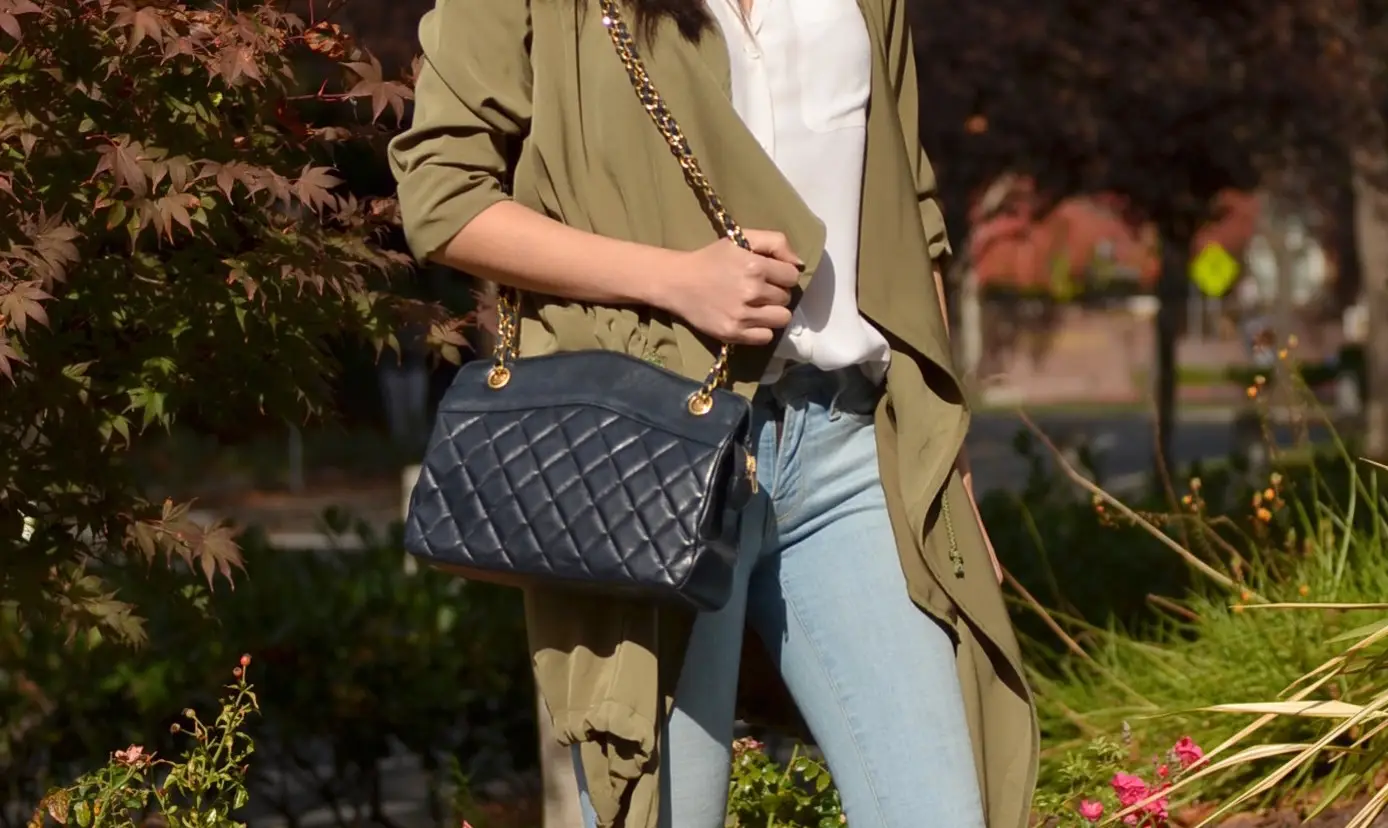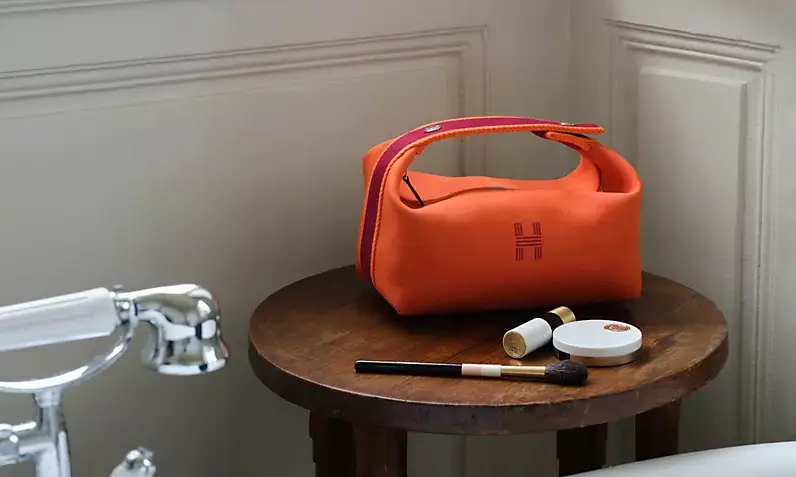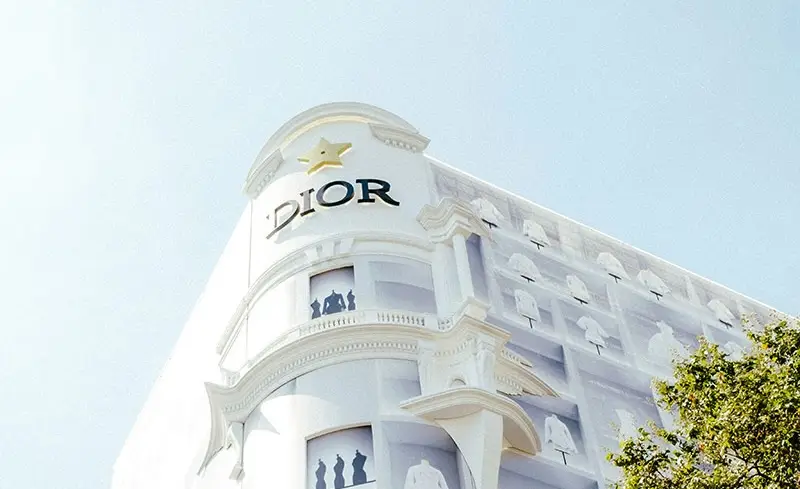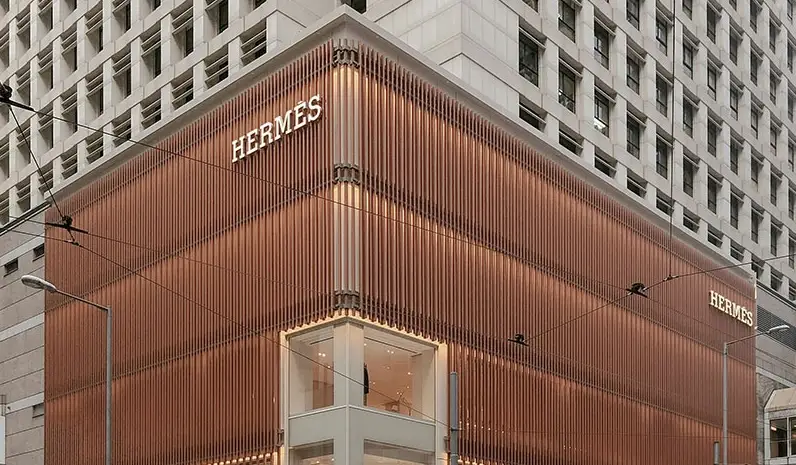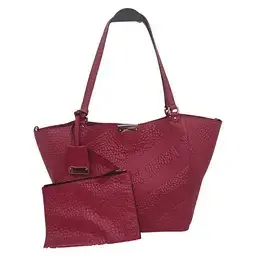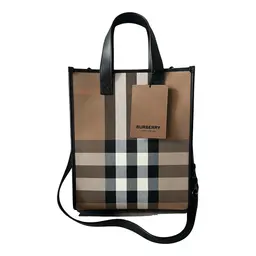In the world of luxury resale, two names dominate the conversation: Chanel and Hermès. Both brands represent heritage, craftsmanship and cultural prestige, but they also function as investment vehicles, often outperforming traditional assets. Comparing the two reveals why they remain cornerstones of the secondary market and why resale platforms are central to connecting buyers with authenticated Chanel bags and Hermès bags worldwide.
Chanel: Heritage Meets Accessibility
Chanel’s resale strength lies in its balance of timeless design and broad cultural recognition. Models like the Classic Flap and the Boy Bag are instantly recognizable, making them staples across generations.
Chanel has an unmatched cultural footprint. When customer buys Chanel, they’re purchasing more than leather and hardware—they’re buying into a legacy that is universally understood.
Steady retail price increases have only reinforced Chanel’s secondary market. A Classic Flap purchased 15 years ago can now sell for several times its original cost, with buyers viewing pre-owned models as opportunities to access luxury at competitive entry points.
Hermès: Scarcity as Strategy
Hermès, by contrast, takes exclusivity to extremes. Its Birkin and Kelly models are notoriously difficult to purchase at retail, with waitlists that stretch for years and boutiques that favor repeat clients.
This scarcity creates explosive demand in resale. Hermès bags are less about accessibility and more about privilege. That’s why their resale values can surpass retail by multiples—people are willing to pay to skip the wait and own something truly rare.
Each Hermès bag is handcrafted by a single artisan, a process that can take 20 to 40 hours, further cementing its allure. The result is consistent resale premiums, particularly for rare leathers, colors and hardware combinations.
Investment Performance
Analysts often compare Chanel and Hermès bags to traditional assets. Hermès consistently emerges as the stronger financial performer, with rare Birkins and Kellys reselling for double or triple their original price. Some studies have even found Birkin bags outpacing the S&P 500.
Chanel, while not always matching Hermès’ appreciation, offers consistency and accessibility. Its resale market is broad, with many models holding their value or appreciating modestly. For collectors seeking reliable performance, Chanel provides a safer, more liquid entry point.
Think of Hermès as the blue-chip stock of luxury and Chanel as the stable growth stock. Both have strong performance, but Hermès has the edge in raw appreciation, while Chanel appeals to buyers who want balance and liquidity.
Cultural Influence
Cultural cachet plays a role in both brands’ resale dominance. Chanel benefits from its association with Coco Chanel, Karl Lagerfeld’s decades-long influence, and its place in fashion history. The brand remains a fixture in red carpets, films and music, ensuring visibility across demographics.
Hermès, meanwhile, thrives on exclusivity and myth. The Birkin’s origin story—created after a chance encounter between actress Jane Birkin and Hermès’ then-CEO on a flight—has become legend. The Kelly, famously linked to Princess Grace of Monaco, carries royal associations that continue to resonate today.
Sustainability and Resale
Both Chanel and Hermès benefit from rising consumer demand for sustainable luxury. Buyers see resale as a way to extend the lifecycle of goods, reduce waste, and align fashion consumption with environmental values.
Counterfeiting remains a concern for both brands. Chanel’s popularity has made it one of the most replicated names in luxury, while Hermès’ high prices attract sophisticated forgeries.
Market Segments
Chanel attracts a wider resale audience, including first-time luxury buyers, investors seeking consistent returns, and fashion lovers drawn to its cultural influence. Its liquidity makes it an appealing option for sellers, as Chanel bags tend to move quickly on the market.
Hermès appeals to a narrower but more affluent segment. Buyers are often seasoned collectors or investors looking for significant appreciation. The exclusivity of Hermès creates prestige but also limits accessibility.
Both brands serve different purposes in the resale economy. Chanel is about accessibility and liquidity, while Hermès is about exclusivity and prestige.
Looking Ahead
As the resale market grows, both Chanel and Hermès are expected to retain dominance. Chanel’s steady demand and cultural visibility ensure it will remain a top performer, while Hermès’ scarcity and heritage will keep its resale values at the top of the industry.
Whether buyers are seeking steady growth through Chanel or high appreciation through Hermès, both remain symbols of enduring value. In a shifting economy, that stability makes them not just fashion icons, but financial ones as well.

